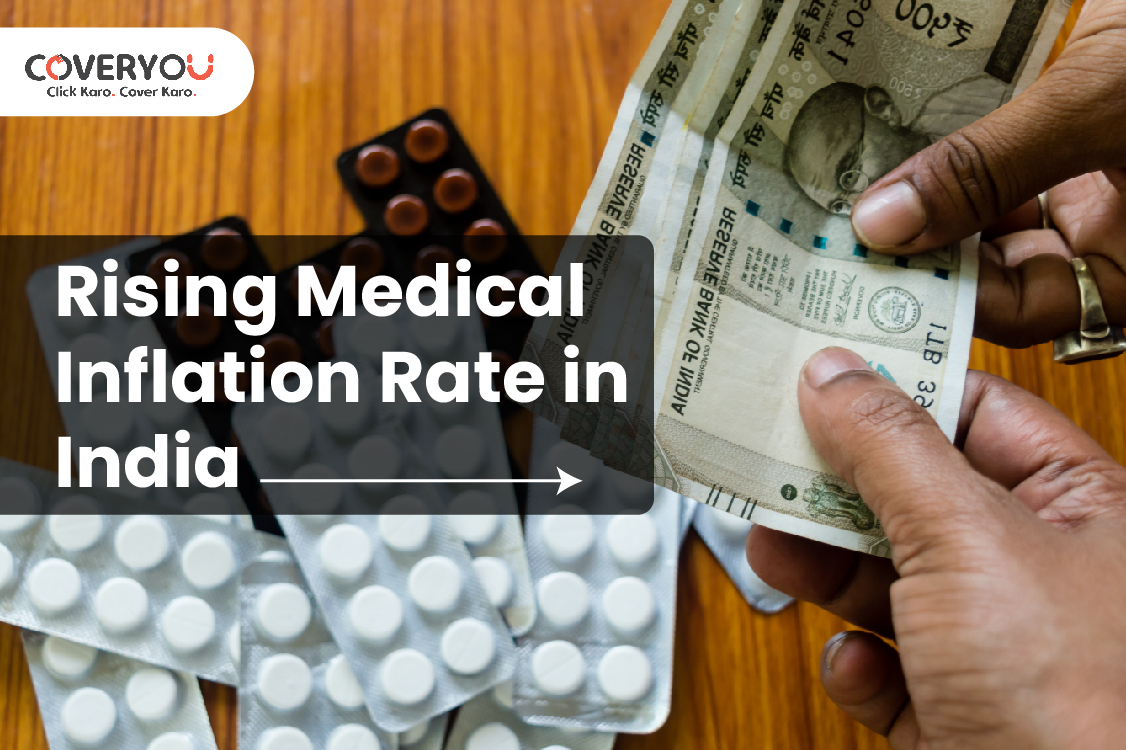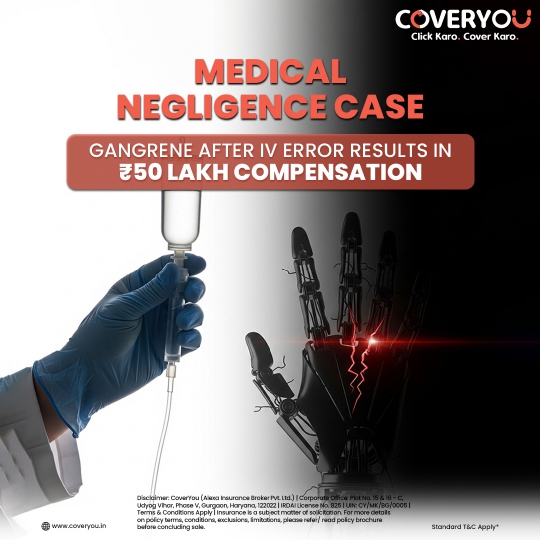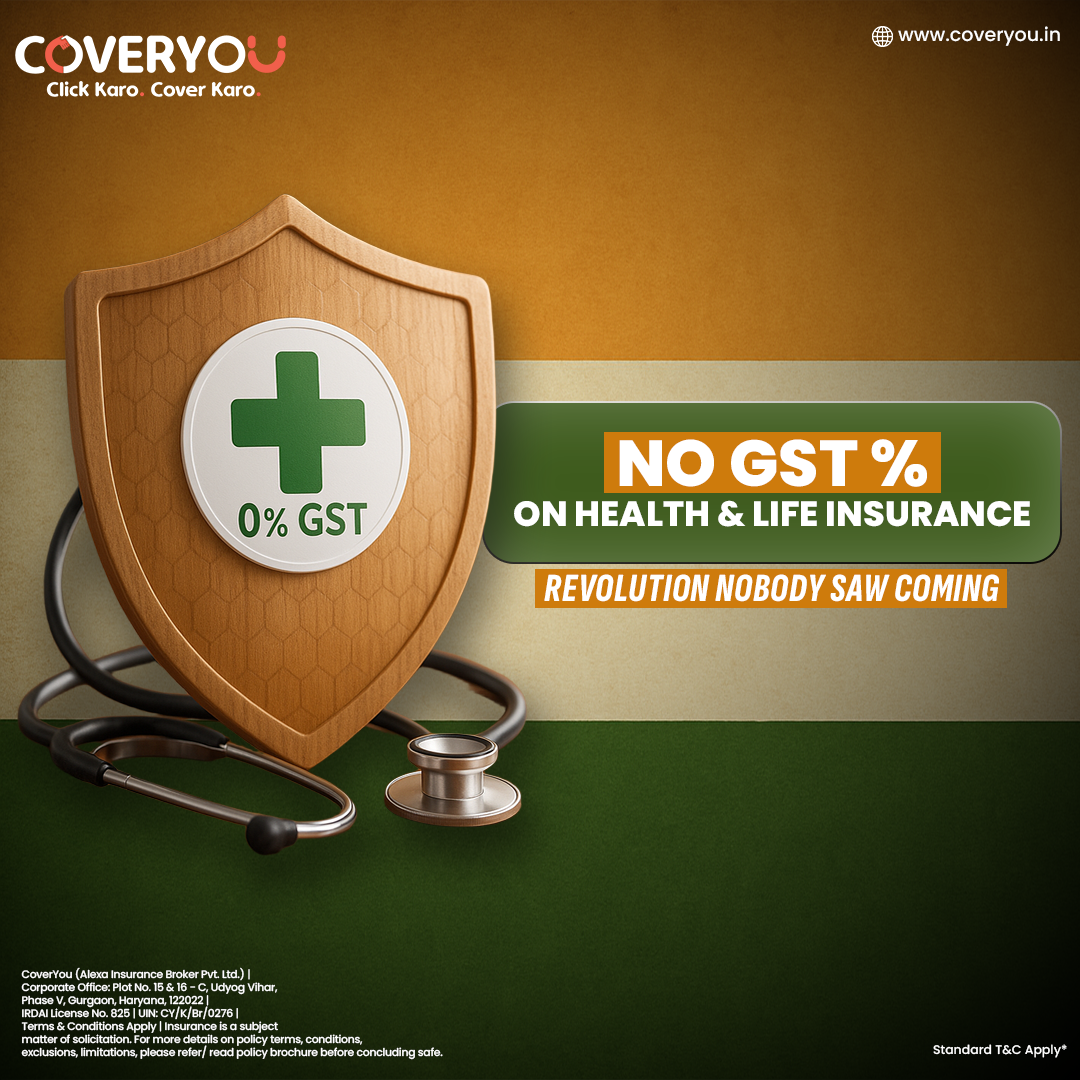India is experiencing a sudden increase in healthcare expenses, with medical inflation of around 14%, the highest in Asia. Naturally, this indicates that individuals are paying far more for healthcare services, such as medicines, diagnostic tests, doctor’s fees, health insurance premiums, and hospitalisation charges.
As per reports, 23% of such hospital expenses in India is paid through borrowings and an enormous 62% is out-of-pocket. This not only puts financial strain on families but also keeps them away from getting quality healthcare.
What are the causes of rise in Medical Inflation in India?
While medical inflation is closely related to aggregate healthcare expenditure, a number of other factors drive its surge in India. Some of the other causes for this trend include:
- Advanced technology in healthcare:
The growing use of advanced medical technologies has significantly driven up medical expenses in India. Advancements like AI based diagnostic tests and improved surgical treatment comes with better treatment but with a higher price. Additionally, training medical professionals to operate these advanced systems also adds to the expenses.
- Covid-19 Impact:
The COVID-19 pandemic had a profound effect on India’s healthcare sector, and it resulted in a steep increase in medical expenses. Hospitals expended huge sums of money on safety measures, personal protective equipment (PPE), ventilators, and isolation wards. In the post-COVID period, diseases such as diabetes, hypertension, heart disease, cancer, and respiratory diseases have risen asking for increased healthcare demand.
- Environmental factors:
Rising environmental issues like air pollution, water contamination and poor hygiene has led to severe health problems like respiratory diseases, cardiovascular disease and infections. Cities like Delhi and Mumbai frequently experience severe air quality issues, leading to increased hospital visits. This adds additional pressures on healthcare services, which in turn increase medical expenditure and inflation.
- Rising Medication Costs:
The cost of medicines are gradually increasing and factors like high research and experiment costs, import of medicines and limited generic alternatives are contributing to this surge. As more treatment is done through medicines , the increasing cost of drugs adds to the medical bill.
What is the impact of medical inflation on health insurance premiums?
Medical inflation has a direct impact on the amount of money we pay for our health insurance premium. Since the cost of treatments, hospital fees, drugs, and diagnostic tests keep going up, the insurance providers have more money to pay out in claims. To offset these rising costs, the insurers tend to increase the price of health insurance policies.
Medical inflation hits senior citizens and people with any pre existing disease the hardest. As these people more have the chances of needing frequent treatment, insurance companies see them as higher-risk policyholders. Similarly people with diabetes, hypertension, cancer or heart disease often have to pay higher premiums or accept limited coverage due to their medical history.
Health insurance premiums are often calculated through age group. As a person moves to a higher age group (e.g. 45-60,60+) his premium normally becomes higher. There are chances that the premium can increase up to 50%. Medical inflations affect these adjustments with more costly than it was before.
Conclusion
As day by day the medical inflation continues to surge, the cost of healthcare is also rising up. From routine checkups to critical treatment expenses are climbing on the board. Keeping this in mind, having health insurance is no longer an option, it’s a necessity to protect your health and your finances.
That’s where CoverYou comes in. CoverYou provides flexible, and affordable health insurance plans based on your age, needs, and medical record exclusively for doctors. Whether you’re looking ahead to the future or coping with ongoing health issues, CoverYou ensures your financial peace of mind.
Reference:
















